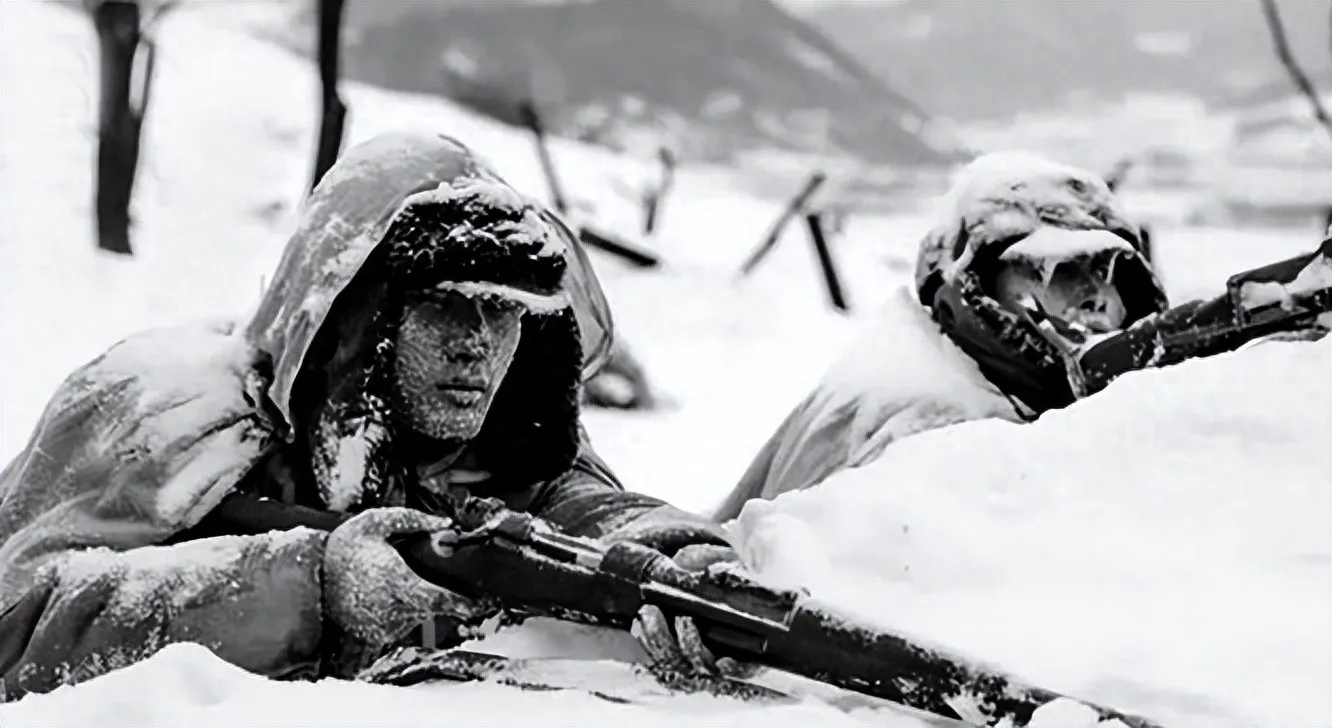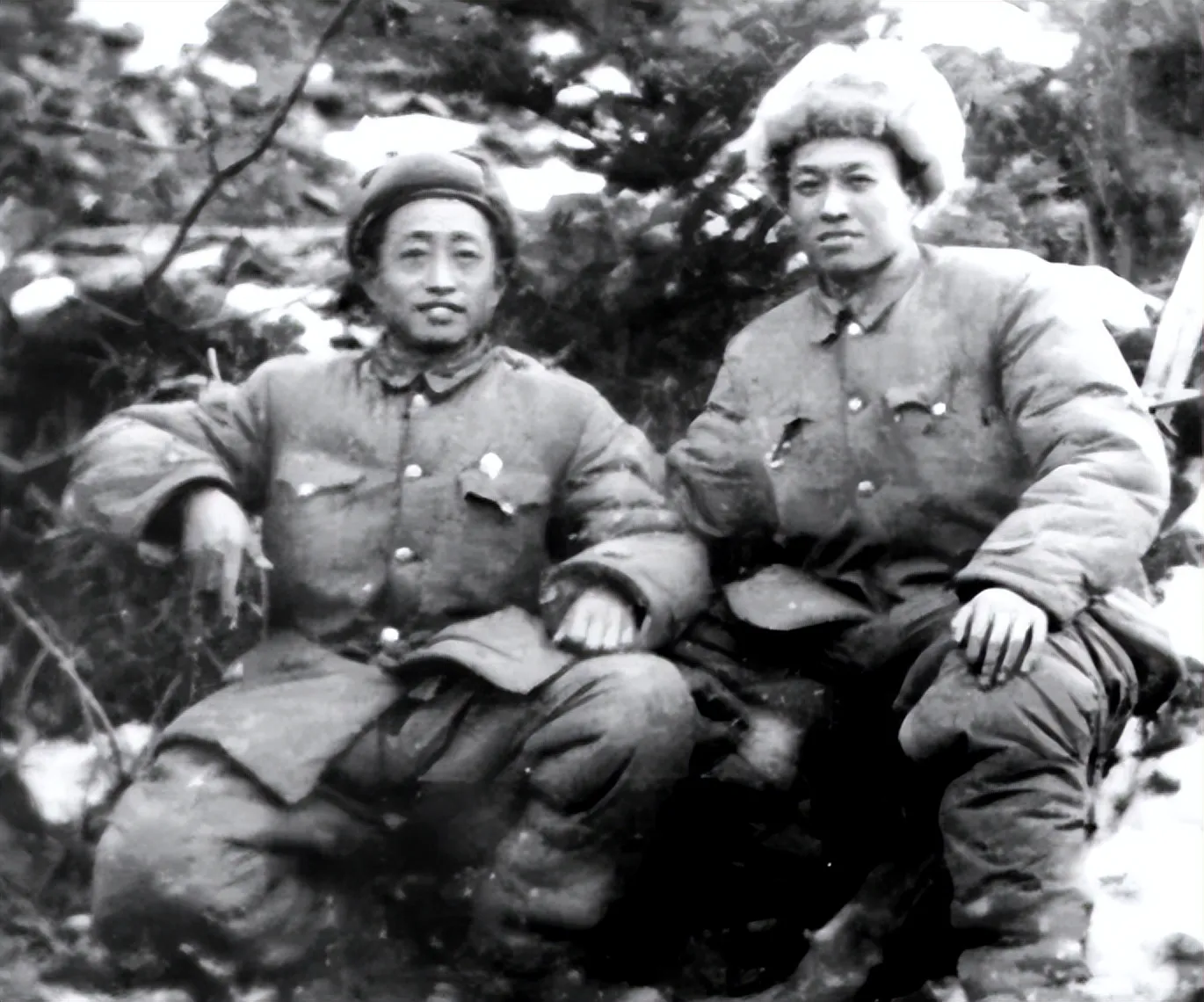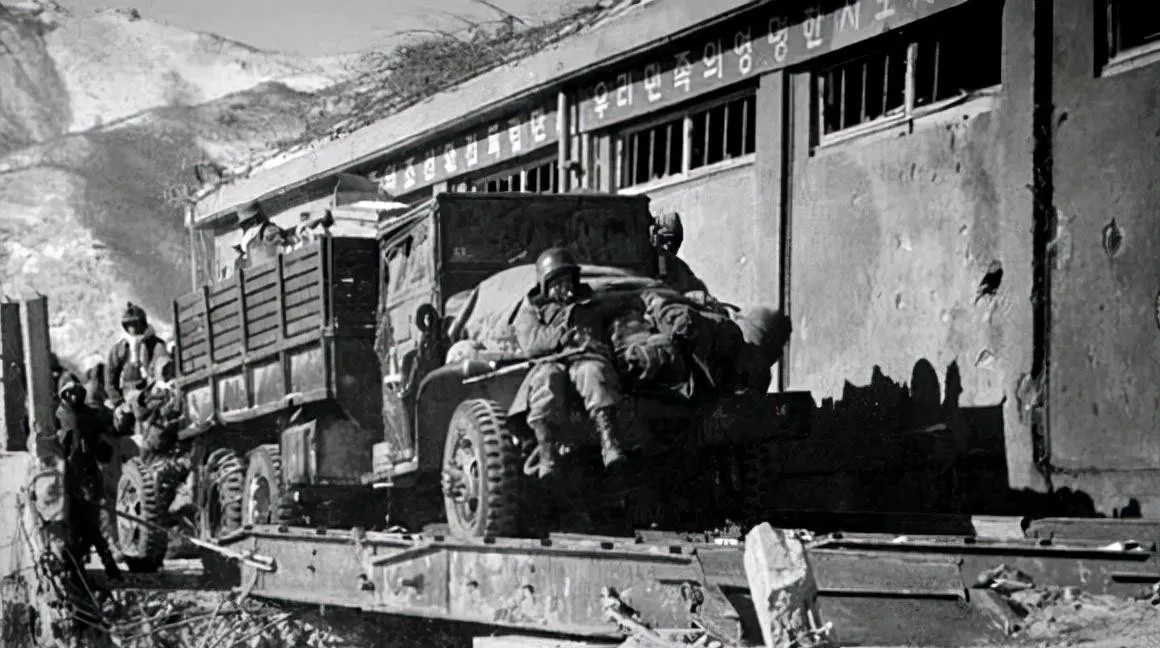The Battle of Water Gate Bridge: More Than Just Ice and Steel
As soon as the documentaries and films about the Battle of Changjin Lake were released, the box office numbers soared, reaching thirty billion, then forty billion. The entire internet buzzed with discussions about ice, steel, and the soldiers who fought in those brutal conditions. Even the upcoming sequel, “Water Gate Bridge,” had already generated significant online buzz, with tear-jerking trailers circulating everywhere and dominating trending topics. The question on everyone’s mind was simple: what made the events at Water Gate Bridge so unique that they warranted their own film, and could there be stories even more harrowing than that of the Frozen Company?

In reality, Water Gate Bridge amplified the already extreme hardship of the Changjin Lake campaign. Ironically, it wasn’t even a proper bridge. The Japanese had built the Huangcaoling hydroelectric power station, and the dam’s crest was used for transportation and supply. This meant that controlling it was crucial, as it was the only way out, the lifeline for the American forces to escape. In the winter of the 1950s, the U.S. Marine Corps and the Chinese People’s Volunteer Army (PVA) 9th Army Group engaged in a fierce contest of endurance, resilience, and fate in this frozen wasteland.

A Clash of Titans Under Extreme Conditions
The U.S. 1st Marine Division was considered one of the world’s strongest military forces, equipped with mechanized infantry, artillery, heavy cannons, and tanks. On the other side, the PVA soldiers often lacked adequate clothing, and shoes that could withstand the snow were considered a luxury. Temperatures plummeted to minus thirty degrees Celsius, and frozen potatoes became as hard as iron. Daytime temperatures hovered around -20 to -30°C, while nights could reach -40°C. Many American battlefield reports mentioned that the number of soldiers and equipment lost to frostbite exceeded those lost to bullets. Yet, when the fighting began, the PVA didn’t falter; instead, they launched a series of daring attacks.
In late November, Song Shilun led the 9th Army Group, living and eating in the snow, closely monitoring every movement of the American forces. The American retreat required passing through Gutuli and then Water Gate Bridge. Without crossing the bridge, Hutan’s troops could not return to Jinxingli. Ahead lay a steep U-shaped downhill slope, with mountain roads as sharp as knives. The American convoy, with over a thousand vehicles, stretched for more than three kilometers. If it became stuck, no one could escape.

The Explosions That Echoed Through the Mountains
Guo Rongxi, a PVA staff officer known for his fearlessness and expertise in explosives, led his troops in three consecutive bridge demolition attempts. When he first arrived at the front lines, he was numb from the cold, wearing only thin clothing and shoes with soles so hard he could barely walk. Yet, he had to focus on handling the explosives. Everyone knew that if the demolition failed, the American forces would likely advance south unimpeded; but if it succeeded, who would dare to cross? The first demolition was swift, and the bridge was severed.
Within days, American engineers and machinery were at work, quickly constructing a wooden pontoon bridge, showcasing their capabilities. Guo Rongxi, filled with anger and determination, led his men back. This time, they didn’t wait for nightfall, quickly detonating the explosives. The bridge was destroyed again. The Americans, with their superior infrastructure, rebuilt it faster than anyone could have imagined – immediately after the explosion, they used steel components to construct another bridge. Each attempt was like leveling up in a game, with the PVA relying on physical strength and the engineers racing against time.
By the third attempt, the suicide squad members were numb, carrying fifty kilograms of explosives, navigating past guards and snipers, with no guarantee of return. As night fell, the steel bridge was reduced to scrap metal once more. The Americans were reportedly stunned, some with soaring blood pressure, others questioning whether they could even pass through this place. However, technology proved to be a lifesaver. The Americans decided to airdrop standard steel bridge components from their bases in Japan, assembling them like building blocks with cranes and readily available workers. The repairs proceeded rapidly.
Beyond the Bridge: The Frozen Heights
However, they encountered an even more difficult obstacle than the bridge itself. The U-shaped pass ahead was flanked by snow-covered slopes, with PVA firing points strategically positioned. Hill 1081 was fiercely defended by a battalion of the 180th Regiment, and the American forces couldn’t break through despite repeated attacks from morning till night. The sound of gunfire was constant, and the shockwaves shook snow from the mountaintops, filling the trenches with breath vapor. Everyone understood that the enemy could not be allowed to pass.
But bad news arrived quickly. A snowstorm hit, and temperatures plummeted to below minus forty degrees Celsius. Cotton clothing offered little protection against the biting wind. The PVA soldiers remained motionless on the high ground, some with frost-covered eyelids, others with frozen hands gripping their rifles. When the American forces launched another assault, there was no gunfire. They wondered if the PVA had retreated. Instead, they found an entire company of soldiers, still in their battle positions, their faces covered in ice, like statues. All had perished, none had moved. A silent formation, unyielding.
This silence was unprecedented for the American forces. Some instinctively saluted before quickly leaving. When the Chinese volunteer army’s reporter sent the message back to the rear, Song Shilun telegraphed the headquarters: “The entire company was frozen to death on the position, without wounds or bloodstains, still guarding their original positions.” When Mao Zedong saw the telegram, those around him said he remained silent for a long time, taking off his hat, his expression solemn.
A Legacy of Sacrifice and Unanswerable Questions
Some online have described this detail of the Battle of Changjin Lake as a “myth,” while others criticize the unnecessary sacrifice. Was it worth it? No one can answer that question definitively. The data shows that on December 8, 1950, over 14,000 American soldiers and 1,400 vehicles managed to escape the encirclement, maintaining their formation. They themselves admitted that they owed their survival to the PVA’s lack of supplies and the extreme cold, which would have otherwise led to the annihilation of the entire division. The American infantry regiment known as the “Polar Bear Regiment” had already been completely wiped out once before, making their escape a miracle.
Looking back now, the “Frozen Company” depicted in films and television series cannot perfectly recreate every detail of that time. Some on the ground complained about command errors, others felt that “too many sacrifices” were made, and some veteran soldiers later recalled that they would have preferred to live, but orders could not be refused. Today, the foundations of Water Gate Bridge have been rebuilt several times, and many details no longer match. Local meteorological data also shows that extreme cold weather did occur in late 1950, with frostbite and deaths from freezing far exceeding previous war estimates. No one could have predicted when this extreme would occur or what the consequences would be.
But then again, who is to blame? No one can provide a unified answer. The PVA’s equipment and supplies, as even American records clearly state, consisted of tattered cotton clothing, hand grenades that had to be rationed along with rice, and outdated weapons. Yet, these men were able to put pressure on their opponents, making them doubt their own existence. If they had been equipped with modern weapons and heavy artillery, would the outcome have been different? It’s hard to say. Sometimes victory doesn’t depend solely on willpower; environment and luck also play crucial roles.
Some say that Water Gate Bridge was a battle of battlefield intelligence, while others see it as a brutal clash of flesh and blood. In reality, both sides lost all semblance of composure in the extreme environment, relying solely on survival. Years after the war, Colonel Bowser bluntly stated, “We owe our survival to their poor logistics, otherwise we wouldn’t have made it.” I agree with that point, but time cannot be reversed. Who won, who suffered, only history knows.
As for those who say that the “Frozen Company” legend is exaggerated, aren’t they being too harsh? Both old and new films have some basis in reality. After all, no one is born cold-blooded, capable of long-term perseverance and freezing to death without retreating. No matter how technology changes, there is no standard answer to how far belief can carry someone. When these events are brought back to the cinema, if the audience is left with only tears, it may not be true empathy. It has to be real, it has to be brutal, for people to believe it.
Many details of Changjin Lake and Water Gate Bridge remain unclear, with conflicting memories and each side holding onto their own convictions and helplessness. As for who lost and who gained, who really cares?
The war ended long ago. The bridge remains, but the people are gone. The snow in the north becomes scarcer each year, and reality is never the same as the movies.